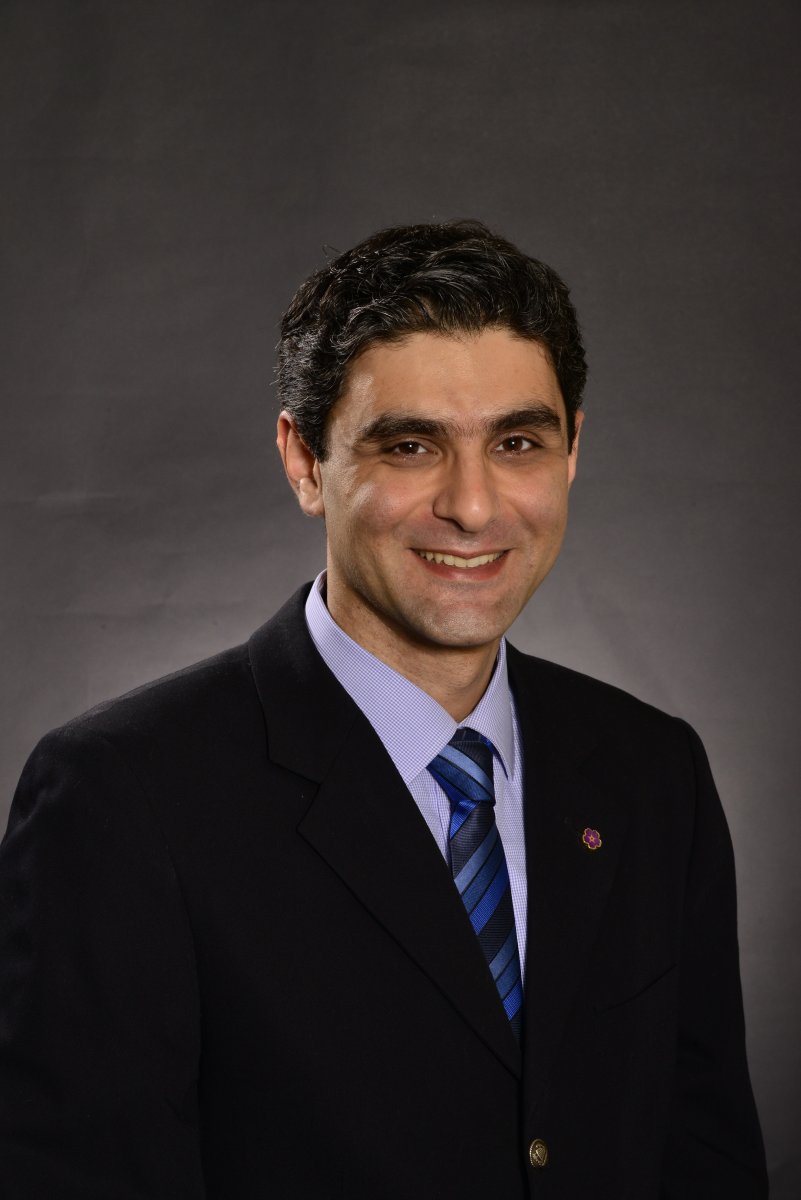Modern textbooks on economic development have little ink to spare for the small economies of Central & Eastern Europe (CEE) and former Soviet Union (FSU). If and when they are remembered, the development paths of those nations are either summarily discarded as failed socialist experiments or are lost as episodic singulars within dense general topics. Such approach omits the essence of the socio-economic development process in the region and the significance that experience carries for economic policy internationally. Yet there are two reasons that necessitate a dedicated discussion of the CEE & FSU in the development context.
First, the divergent regional outcomes over the past thirty years have demonstrated these countries’ vast diversity of macroeconomic experiences and individuality. Though this observation, until recently, may have been muted by attempts to strike universal institutional determinants of the post-socialist narrative, the COVID-19 shock has unapologetically unveiled the uneven macroeconomic structures of each economy.
Second, and related, the pandemic has also brought to the fore a wide range of unique policy challenges. Recent calls for global solidarity notwithstanding, each nation is left to deal with the economic, social, and healthcare repercussions on its own. And as small countries optimize their limited mix of geopolitical and macroeconomic capacity, it is in this context of uncertainty that the paths of the future development are molded.
The pandemic
As a massive health crisis, the pandemic hit the CEE & FSU hard and in the most uneven way. For example, Figure 1 (based on data from OurWorldinData accessed on September 25, 2020) summarizes the range of experiences in countries with total population between one and four million people and with relatively comparable population densities.
The variation in total confirmed cases and COVID-19 related deaths scaled per one million people should startle anyone still imagining the region as uniform. If anything, this snapshot of small post-socialist economies confirms their inherent structural heterogeneity.
Figure 1. COVID-19 impact in small CEE & FSU economies, as of September 25, 2020

Source: based on data from OurWorldinData
Varying in its effectiveness, the stringent early lockdown measures in some CEE & FSU countries were hailed as largely successful in comparison to the Western economies in bringing the pandemic under control. But as concerns about the second wave of the virus rise, in an effort to avoid repeated lockdowns, there is now a range of prophylactic measures followed by individual countries.
Armenia is an important exception. That is due to a late imposition and then an early lift of social-distancing restrictions followed by abrupt reintroduction of strict measures, including mandatory masks and public health education campaigns, as new infection cases jumped in April-May. In late September the health and economic crises were exacerbated by a massive humanitarian crisis as the tiny nation was thrown into war.
Macroeconomic pressures and recovery?
In terms of economic crisis, the mid-year update from the International Monetary Fund (IMF) suggests a more severe than initially expected disruption to the global economic activity, followed by a frail recovery (a good case scenario). But as the crisis continues to unveil the structural flaws of the economic systems across the world, the low-income households of emerging and developing economies are hit the hardest. Worsening country-specific social vulnerabilities risk wiping out gains towards sustainable development of the past several decades, forcing the global economy to face a “lost decade” of development.
The problem is acute across the small CEE & FSU countries coping with the health crisis. Preliminary estimates by FocusEconomics (Figure 2) suggest a drop in annual Gross Domestic Product (GDP) growth anywhere from -3.6% to -9.2%, with more severe downturns on a quarterly basis. Unemployment, high even before the pandemic, now seems to be taking a more structural, long-term, nature. Economic recovery is further dimmed for those where tourism, services, and remittances sent by labor migrants have molded the economic structure of the past three decades. Globally, remittances accounted for over $500 billion, according to the World Bank, serving as a critical buffer for the impoverished regions, with on average up to 20% of GDP and higher in some CEE & FSU economies.
Figure 2. Gross domestic product, real annual variation in %.

Source: data based on FocusEconomics
Adding to instability is the expectation of inadequate growth in industrial production in the highly anticipated post-pandemic period (contracting in 2020 by 3% in Armenia and up to 10% in Moldova according to FocusEconomics Consensus Forecasts). Related are the concerns about recovery of the export-driven models, as much of industrial activity concentrated in mining and primary commodity exports, with minor scale local manufacturing.
To their credit, facing these unprecedented challenges, the small post-socialist economies implemented a range of social and economic support mechanisms in response to the pandemic, summarized in this economic policy tracker. Coupled with accommodative monetary policy (challenged by foreign exchange market management) packages of fiscal stimulus range from approximately 2.0% as a percentage of GDP (e.g. Georgia) to 6.5% (e.g. Serbia). Most of the measures include some types of cash transfers, wage subsidies, increased benefits, bonuses for health workers, and support for local businesses (e.g. summary for Armenia). Similar to advanced economies, a range of support measures in CEE/FSU have helped temper the crisis, sustaining critical supply lines and preserving some consumer resiliency in the immediate term.
Yet as the global economy hit a wall earlier in the year, the demand for small CEE & FSU economies’ exports collapsed, triggering larger projected losses for the year (Figure 3). A critical element at play here is the strong reliance (and, as it turns out, dependence) of the small economy on the macroeconomic conditions of the primary trading partner, either as part of an economic union (e.g. European Union or Eurasian Economic Union) or based on geographic proximity (e.g. Moldova and Romania and, in turn, Romania and European Union).
Figure 3. Nominal annual variation in % of merchandise exports.

Source: based on data from FocusEconomics.
For the small (and smallest) CEE & FSU countries with limited macroeconomic resources, balancing rising economic troubles with efforts to eradicate a public health crisis is burdensome in the medium-term. Much of the expected recovery is conditioned by an expectation of a broad restoration of the pre-pandemic economic activity levels. That requires “reopening” of the economies, which most of the countries have cautiously begun in late summer. Yet there is a continued risk of rising infections and future lockdowns, despite visible improvements in the global macroeconomic conditions and lower interest rates (the latter indirectly contributing to a rebound in emerging markets borrowing in mid-2020 and renewed activity in the CEE & FSU financial markets).
The lost decade or challenging the development model?
So are we in a lost decade for the small post-socialist economies or a crisis to live through? We argue that without the return of the development model discussion in the context of the post-socialist economy, it may likely end up being both.
With the widening of global technological and social imbalances as one of the outcomes of the pandemic ( political tensions and escalating military conflicts as the other), uncertainty will continue to characterize the near-term development in CEE & FSU as broad-stroke global trends diverge. Namely, the differences between large (in territorial and macroeconomic terms) economies and small developing economies may become more pronounced as each country attempts the recovery.
Across the large economies, the pandemic has revealed deep-hidden institutional pressures ushering (or countering) more active state involvement in the economy. Increasingly, yet not surprisingly, much of the present-day argument in the advanced (and large developing) economies has focused on the “national” aspect of the economy, though maintaining an active role in the global value chains flows. Re-shoring and labor-cost saving automation, exacerbating advanced economies’ labor market shocks in the short-run, necessitates the state’s focus on the domestic economy. As such, the early concerns of rising economic protectionism may already be assuming a more solid shape in national development strategies, centered on import substitution and sustaining domestic jobs, growth and living standards.
Such trends leave the smaller developing economies in general, and those in the CEE & FSU in particular, with a policy dilemma on hands, at best, and at the outskirts of the global economy at the worst with four probable scenarios to consider.
First, given the post 1990s significance of national identity in the CEE & FSU, there may be a tendency to follow the popular calls to go solo and implement a protectionist big-push like policy mix for domestic economy development. But given limited resources a “national-economy-first” approach will likely depend on successful management of complex multilateral trade relations. Second, a pragmatic play might be to proactively seek deeper integration with the existing trading partners and economic unions in hopes of negotiating more favorable terms, leveraging the external sector’s growth. The third option would be to maintain the current status-quo, in turn influenced by the post-1990s legacies, allowing either the first or the second scenario to work out in the future, but passing the responsibility for policy decisions to the next generation.
In any of these scenarios, the risk of social vulnerability and limited macroeconomic diversification would be maintained invoking memories of painful market transitions, unless there is a policy level and financial support for such measures by the global community, beyond simply balancing budgets and, instead, with attention to the problem of social inclusiveness.
There may be a fourth scenario. That is for the smallest CEE & FSU economies to unite in a separate economic cooperation mechanism. This choice would amount to breaking the established status-quo but might open up access to collective resources pooling across industries and expertise of the smallest post-socialist economies, leveraging cumulative innovative capacity. There is a potential for diversification, learning from each other, and, as such, actively participating in establishing a foundation for eventuality of stronger macroeconomic resilience. Lacking a clear “bail-out” model, this scenario could foster a long-term reciprocal developmental support network in the small CEE & FSU economies.
Of course, much of the above is speculative and which paths the small economies of CEE & FSU will follow, or if they develop other alternatives, is to be determined. It is clear, though, that the pandemic has delivered an unprecedented shock impacting the entire global community and mutual support is essential in averting a “lost decade” in development of the small economies. The development paths of the post-socialist nations may hold insights internationally.
And so, even taming the health crisis and restoring pre-pandemic economic activity, but with unveiled structural limitations (and now with renewed geopolitical destabilization), echoes of the 1990s devastations are heard loud again in the small post-socialist economies challenging sustainability prospects. All this is to say that the socio-economic paths of the small economies of the CEE & FSU should be viewed not as peripheral outliers but as core elements of the focused debate on economic development models.

 Kuba Dziedzicki is an Economic Research Analyst at the Henry George School of Social Science. He has led the development of the School’s COVID-19 Economic Response Packages Tracker.
Kuba Dziedzicki is an Economic Research Analyst at the Henry George School of Social Science. He has led the development of the School’s COVID-19 Economic Response Packages Tracker.
Sample Report
5-year economic forecasts for more than 130 countries & 30 commodities.
Disclaimer: The views and opinions expressed in this article are those of the authors and do not necessarily reflect the opinion of FocusEconomics S.L.U. Views, forecasts or estimates are as of the date of the publication and are subject to change without notice. This report may provide addresses of, or contain hyperlinks to, other internet websites. FocusEconomics S.L.U. takes no responsibility for the contents of third party internet websites.